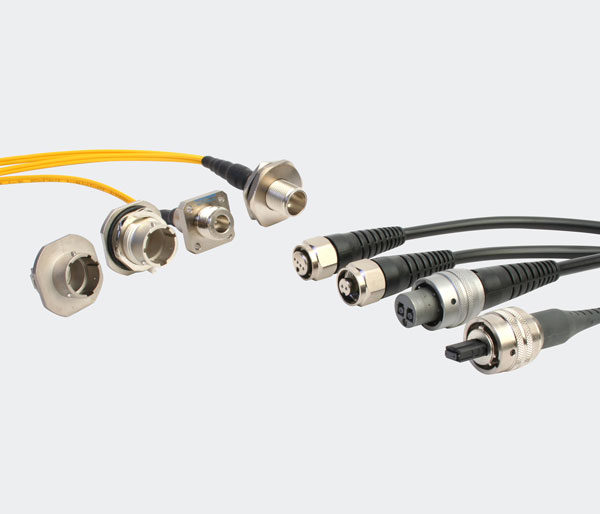O-RAN Alliance has released another set of technical specifications aimed at pushing Open RAN technology to the mainstream.
This set of specifications covers a variety of complex network technologies, from non-real-time RAN Intelligent Controller (RIC) architecture to RAN control, to xhaul transmission testing to Open RAN security.
The association also stated that 77 companies from all over the world participated in the third large-scale Plugfest, aiming to ensure that one company’s Open RAN products can be connected to another company’s Open RAN products. In addition, many companies participating in the Plugfest-from Parallel Wireless to VMware to STL and Dell Technologies-plan to showcase their results at the MWC trade show in Los Angeles this week.
Broadly speaking, the release of this new set of technical specifications by the O-RAN Alliance demonstrates the further development and momentum of Open RAN. The technology aims to open up the interfaces between various wireless network elements, allowing wireless network operators to mix and match products from different vendors.
The challenge of the U.S. government to the open network
Interestingly, on the same day that the Global O-RAN Alliance announced its new specifications, a US government agency stated that it plans to work hard to accelerate the development of Open RAN technology between commercial and federal users (including the US military). The project comes from the National Telecommunications and Information Administration(NTIA), which is an administrative branch “responsible for advising the President on telecommunications and information policy issues”. Officials in the Biden administration and the previous Trump administration have expressed support for Open RAN as a way to cultivate 5G equipment supplied by the United States to counterbalance Chinese suppliers such as Huawei and ZTE.
Specifically, NTIA released the comments it received as part of its investigation of a possible “5G Challenge”. Many companies, including AT&T, T-Mobile, Rakuten, Ericsson, Google and Dell Technologies, have submitted opinions on this topic.
Some companies, such as AT&T and Ericsson, expressed their support for the testing work led by the Department of Defense to check whether various open RAN components are interoperable. AT&T said: “As part of the challenge, we recommend that the Department of Defense establish a 5G test environment based on the O-RAN reference architecture. The Department of Defense can establish a true plug-and-play environment that is open, compatible, and open to any supplier to ensure interoperability between devices. This test environment can be extended to include physical interfaces between various components and software in the RAN. This will help the Department of Defense decide how to incorporate O-RAN into its 5G plan.”
However, others believe that the Department of Defense should avoid getting too involved in this topic. For example, T-Mobile wrote: “The Department of Defense should not seek to accelerate the development of open stacks in order to meet the unique needs of the Department of Defense, but should focus on how to use existing work in the wireless industry to develop open interfaces and use commercial wireless Network to achieve its own mission-critical communications, and to implement federal government projects specifically designed to achieve the goals of the Department of Defense’s open network.”




